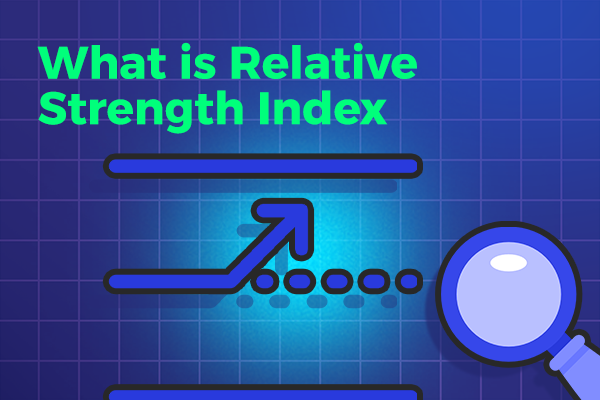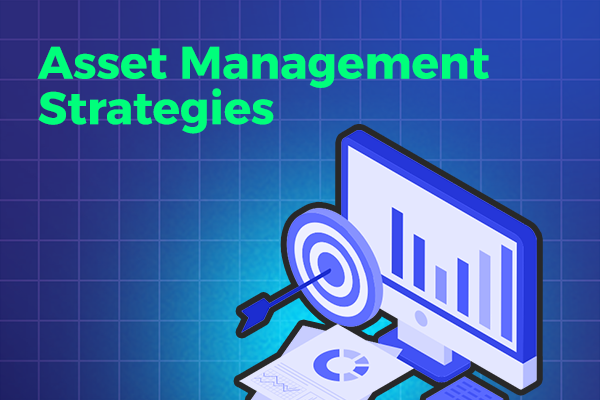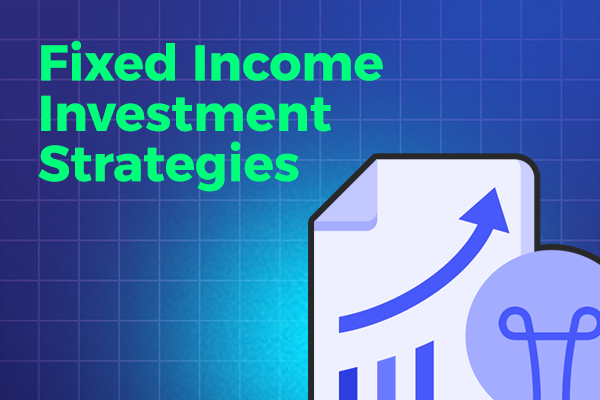As a trader, it’s important to have access to various tools that can help you make informed decisions. One such tool is the relative strength index or RSI, which is a technical analysis indicator used to measure the strength of a security or market trend. By using RSI, traders can identify overbought and oversold conditions in the market, evaluate momentum and strength of price movements, and ultimately make better trading decisions.
In this section, we’ll take a closer look at RSI and what it entails. We’ll explain how RSI is calculated and provide insight into its significance in trading. Understanding RSI is crucial to using it effectively, so let’s get started.
Key takeaways:
- RSI is a technical analysis indicator used to measure the strength of a security or market trend.
- RSI helps traders identify overbought and oversold conditions in the market, as well as evaluate momentum and strength of price movements.
- Understanding RSI is crucial to using it effectively.
Understanding RSI Calculation
The Relative Strength Index, commonly known as RSI, is a popular technical indicator used in trading. It measures the speed and change of price movements, indicating whether a particular asset is overbought or oversold by comparing the magnitude of its recent gains to its recent losses.
RSI is calculated using the following formula:
| RSI = 100 – (100 / (1 + RS)) |
| Where: |
| RS = Average gain of up periods / Average loss of down periods |
The RSI value ranges from 0 to 100. A reading above 70 indicates an overbought condition, while a reading below 30 indicates an oversold condition. Traders often use RSI in conjunction with other indicators to confirm trading signals and make informed decisions.
For example, if a trader sees an RSI reading above 70 and a bearish signal from another indicator, it may indicate an impending trend reversal and provide a sell signal. However, if RSI is above 70 and there are bullish signals from other indicators, it may indicate a continuation of the current trend and provide a buying opportunity.
Interpreting RSI Values
Interpreting RSI values can help traders determine the strength and momentum of price movements. If the RSI value is higher than the previous reading, it indicates that buying pressure is increasing. Conversely, if the RSI value is lower than the previous reading, it indicates that selling pressure is increasing.
Traders may also use RSI divergence to confirm potential trend reversals. For instance, if an asset’s price is reaching new highs while the RSI is not, it may indicate that the uptrend is running out of steam and provide a sell signal.
In summary, understanding RSI calculation and interpretation is crucial for traders who wish to use this technical indicator in their trading decisions. The next section will explore how RSI can be used as a market assessment tool to further aid traders in analyzing price movements.
RSI as a Market Assessment Tool
The Relative Strength Index (RSI) is a valuable tool that traders can use to assess the market conditions. It helps to identify both oversold and overbought conditions in the market, as well as measure the strength and momentum of price movements. The RSI is calculated by comparing the average gains and losses over a specific period.
When the RSI is above 70, it suggests that the market is overbought and there is a high probability of a reversal. Conversely, when the RSI is below 30, it suggests that the market is oversold and a potential reversal is likely.
The RSI can also be used to identify divergences between the RSI and the price. A bullish divergence occurs when the price is making lower lows, but the RSI is making higher lows. A bearish divergence occurs when the price is making higher highs, but the RSI is making lower highs.
RSI Symptoms and Causes
It is important to understand the symptoms and causes of RSI to make informed decisions about trading. Some common symptoms of RSI include pain, stiffness, and numbness in the hands, wrists, and arms. The causes of RSI can include repetitive motions, poor posture, and lack of rest or breaks.
Traders need to be aware of these symptoms and take proactive measures to prevent and manage RSI. This can include adjusting their trading workstation to promote better ergonomics, taking frequent breaks, and practicing exercises to relieve tension in the hands and arms.
Ultimately, using the RSI as a market assessment tool can help traders make better-informed decisions and avoid potential losses. By understanding the symptoms and causes of RSI, traders can take steps to prevent and manage this painful condition and improve their overall trading performance.
RSI for Informed Decision Making
Using RSI in trading can provide valuable insights and help traders make informed decisions. However, it is important to take steps to prevent RSI and find relief if symptoms are already present.
Several strategies and techniques can help prevent RSI, such as taking frequent breaks, using ergonomic equipment, and maintaining proper posture. Traders can also incorporate physical exercises and stretches into their routine to reduce the risk of developing RSI.
If symptoms of RSI are already present, there are several remedies that traders can try. These include applying heat or cold to affected areas, massaging the affected muscles, and taking anti-inflammatory medication.
It is crucial for traders to prioritize their health and well-being in order to perform at their best. By incorporating RSI prevention and relief techniques into their routine, traders can reduce the risk of injury and improve their overall performance.
RSI Exercises and Remedies
Repetitive Strain Injury (RSI) is a common ailment among traders who spend a considerable amount of time on their computers.
If you’re experiencing RSI symptoms or want to prevent them, here are some exercises and remedies you can try:
Exercises
- Finger stretches: Hold your hand in front of you with fingers straight and close together. Slowly spread your fingers apart and hold for 5 seconds. Repeat 10 times on each hand.
- Wrist rotations: Hold your arm out with your palm facing down. Slowly rotate your wrist in a circular motion, keeping your arm still. Repeat 10 times on each hand.
- Neck stretches: Tilt your head to the left and hold for 10 seconds. Repeat on the right side. Then, tilt your head forward and hold for 10 seconds. Repeat by tilting your head back.
Remedies
Aside from exercises, there are several remedies you can try to relieve RSI symptoms:
- Take breaks: Make sure to take frequent breaks to stretch, move around, or simply rest your eyes.
- Use ergonomic equipment: Invest in an ergonomic mouse, keyboard, and chair to reduce strain on your body.
- Apply heat or cold: Use a heating pad or cold pack on the affected area to reduce inflammation and pain.
By incorporating these exercises and remedies into your routine, you can manage and prevent RSI symptoms while improving your overall trading performance.
Conclusion
Overall, the relative strength index (RSI) is a valuable tool for traders to assess market conditions and make informed decisions. By understanding the calculation method of the RSI, traders can interpret its technical analysis to identify overbought and oversold conditions in the market, as well as measure the strength and momentum of price movements.
Although RSI can be a helpful tool, it is important to take steps to prevent or manage RSI symptoms. This includes implementing ergonomic practices and incorporating RSI exercises and remedies into daily routines. By prioritizing health and wellness, traders can improve their overall performance and reduce the risk of RSI.
By incorporating RSI into their trading strategies, traders can gain a deeper understanding of market conditions and make more informed decisions. Remember to stay mindful of RSI symptoms and prioritize self-care to maintain a healthy and successful trading career.
FAQ
Q: What is the relative strength index (RSI)?
A: The relative strength index (RSI) is a valuable tool for traders to assess the strength and momentum of price movements in a market. It helps identify overbought and oversold conditions and is widely used for technical analysis.
Q: How is RSI calculated?
A: RSI is calculated using a formula that takes into account the average gain and average loss of an asset’s price over a specified period of time. The resulting RSI value ranges from 0 to 100, with values above 70 indicating overbought conditions and values below 30 indicating oversold conditions.
Q: Why is RSI important in trading?
A: RSI is important in trading as it provides traders with insights into market conditions and potential price reversals. By understanding the RSI, traders can make informed decisions and implement strategies to maximize their trading success.
Q: How can RSI be used as a market assessment tool?
A: RSI can be used as a market assessment tool to identify overbought and oversold conditions. It helps traders gauge the strength and momentum of price movements, allowing them to anticipate potential market reversals and make informed trading decisions.
Q: How can RSI help with decision making?
A: RSI can help traders make informed decisions by providing insights into market conditions and potential price reversals. By understanding the RSI, traders can implement appropriate strategies, prevent RSI symptoms, and improve overall trading performance.
Q: What exercises and remedies can help with RSI?
A: There are various exercises and remedies that can help alleviate RSI symptoms. Physical exercises, lifestyle changes, and ergonomic improvements can all contribute to managing and improving RSI. It’s important to consult with a healthcare professional for personalized advice.




